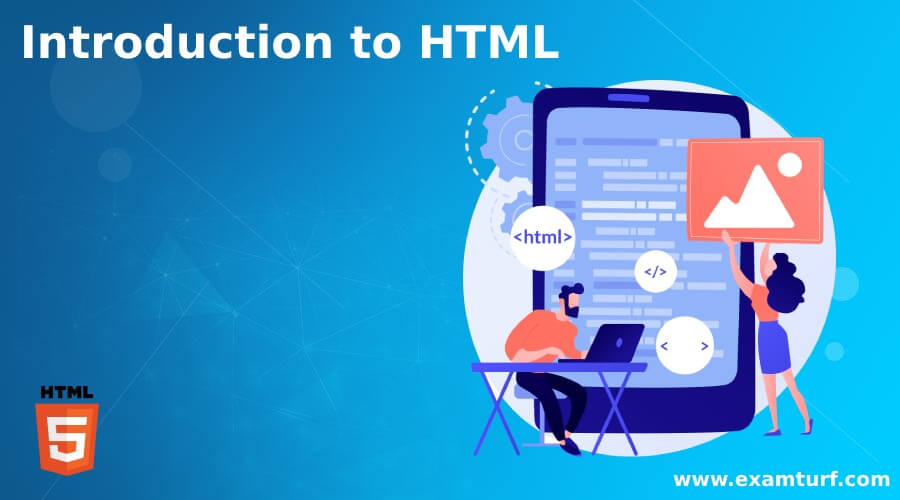
Introduction To HTML
The following article provides an outline for Introduction to HTML. HyperText Markup Language is shortly called HTML. HTML is mostly useful for developing web pages on websites. HyperText Markup Language consists of elements, tags, and attributes. HTML tags are used to create the structure of web pages. Many students want to become web developers but they don’t know where to start. HTML is the basis for any new technician if they want to generate any web pages using HTML and CSS. HTML was developed by Tim Berners Lee in 1999. He is the father of HTML. HTML language is constantly growing from 1991 to 2020.
What Is HTML?
Hypertext means that HTML makes it so that you can click on links in web pages. Markup language means that it’s somewhat that you use to mark up normal English to specify things. In every webpage of websites in web browsers, HTML plays an important role and its responsibility for the appearance and design of the webpages make it user-friendly.
History Of HTML
HTML was made by Sir Tim Berners-Lee in 1991. HTML could be a growing language and has evolved with numerous versions change. Every version has allowed its user to get websites in an exceedingly much easier and smarter means and build websites very economical.
- In 1993 HTML 1.0 was released to share data that will be comprehensible and accessible through internet browsers. However, some developers solely were concerned with making websites, that the HTML 1.0 was additionally not growing.
- The HTML 2.0, revealed in 1995, contain all the options of HTML 1.0 alongside few additional options, that stay because of the commonplace language for style and make websites till 1997 and developed various core options of HTML.
- HTML 3.0 was introduced by Dave Raggett. It enclosed increased new options of HTML, giving additional dominant characteristics for webmasters in planning websites. However, these dominant options of recent HTML block the browser in applying additional enhancements.
- HTML 4.01 is often used and was a made version of HTML before HTML 5.0. HTML 4.01 is presently discharged and used globally. HTML 5 is an associate degree complete version of HTML 4.01, that was discharged within the year 2012.
Example Of First HTML Document
Given below is the example mentioned:
We have created the first HTML file that displays “First HTML Document!” by following the steps.
- Open up your computer’s plain text editor or notepad and build the latest file.
- Type following HTML code in the plain text editor or notepad.
Code:
<!DOCTYPE html>
<html lang="en">
<head>
<title>A simple HTML document</title>
</head>
<body>
<p>First HTML Document! <p>
</body>
</html>
Save the file on your desktop.
HTML Elements
Given below are some basic HTML elements as follows:
- <!DOCTYPE html>, it tells about the declaration of the document type, which is used to indicate the webpage belongs to HTML5 document. It is case-insensitive.
- The <head> is an element that has tags used to illustrate the file.
- The real content of the file is described by the element called <body>. The real content having paragraphs, links, images, etc.
The most important elements of an HTML page are:
- A text header, defined by using the <h1>, <h2>, <h3>, <h4>, <h5>, <h6> tags.
- A paragraph defined by the <p> tag.
- A horizontal ruler defined by the <hr> tag.
- A link defined by the <a> (anchor) tag.
- A list, defined by the <ul> (unordered list), <ol> (ordered list) and <li> (list element) tags.
- An image defined by the <img> tag.
- A divider defined by the <div> tag.
- A text span defined by the <span> tag.
Conclusion – Introduction To HTML
Hope this article provides information about the basic of HTML, HTML document and HTML elements. It was useful to give a clear idea about the HTML who want to know about the HTML and want to study about the HTML.
Recommended Articles
This is a guide to Introduction to HTML. Here we discuss a brief overview on HTML, its history, HTML elements along with the example. You can also go through our other suggested articles to learn more –
Are you preparing for the entrance exam ?
Join our Software Development test series to get more practice in your preparation
View More